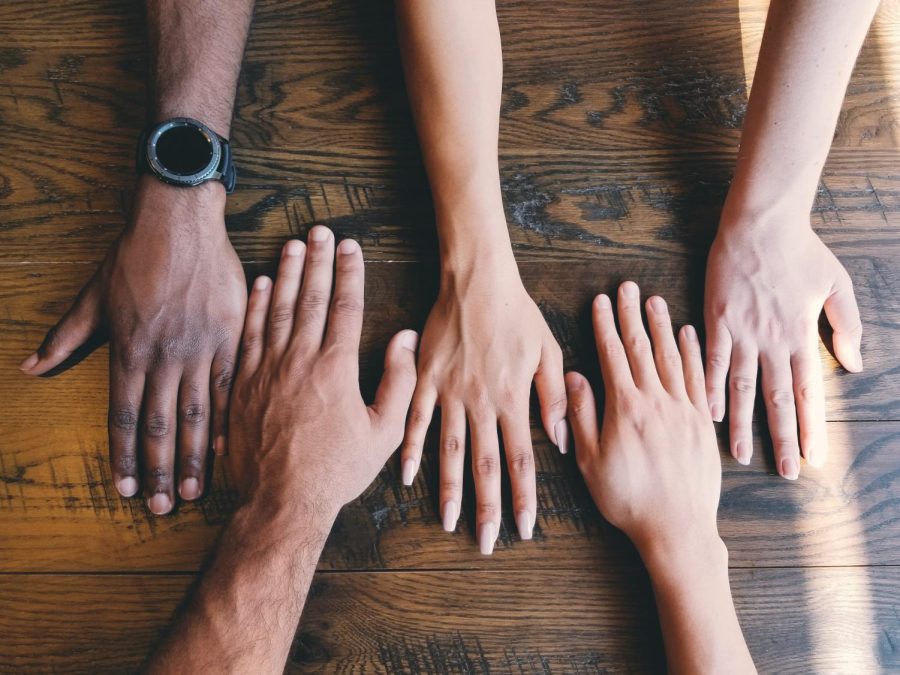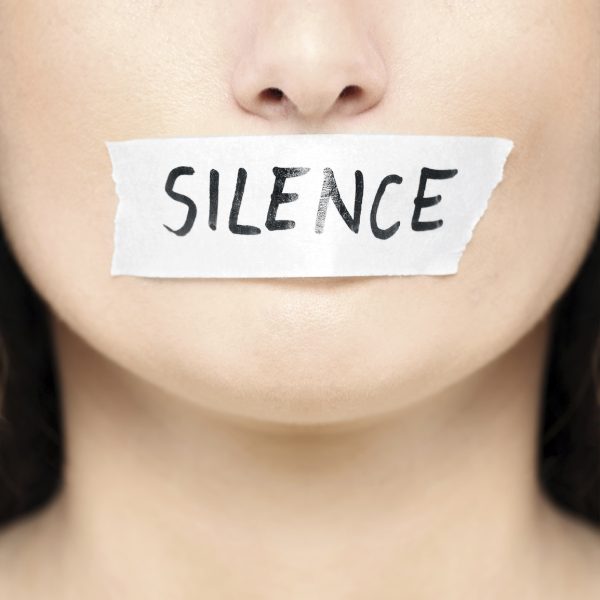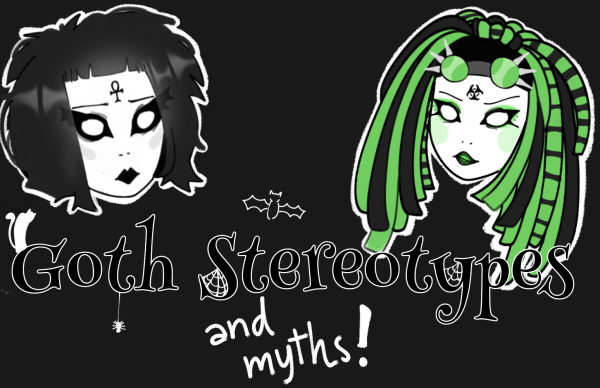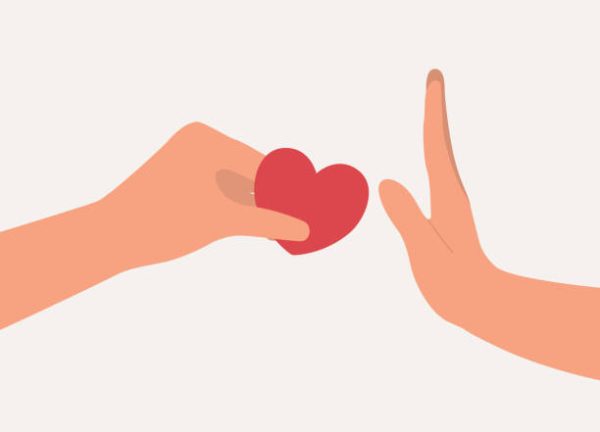Diverse TV Shows Promote Stereotypes
In a socially conscious age, popular culture made a genuine effort to have more diversity, both on and off screen. Modern coming-of-age shows like, “Never Have I Ever” and “Ms. Marvel’ are hailed as diverse, but in reality, they can promote harmful stereotypes. Although they depict Indian culture, Islam, women, and more, the way it’s done only antagonizes those communities, creating two-dimensional images of them and surface level representation in the media.
Shows that are praised for being diverse and inclusive actually have very superficial depictions of minority groups, creating false stereotypes of them in viewers’ minds.
In many of these diverse shows, the main characters are often portrayed as hating their culture, which puts the culture in a negative light. For example, Devi in “Never Have I Ever” constantly demonizes people in her life that are connected to their Indian heritage. She views her mother as too oppressive and her cousin as too traditional, not to mention her apathy towards cultural traditions like the pooja. While it’s true that some people of color resent their culture, that’s not typically the case. A study by the Leibniz Institute for the Social Sciences found that a majority of first generation immigrants identify with their home culture over American culture. There is a similar pattern in ‘“Ms. Marvel,” where Kamala thinks her parents are overly strict for not letting her stay out late or wear a tighter costume. While these seem like normal tropes, they have a different connotation when the characters represent minorities. The main characters in “Never Have I Ever” and “Ms. Marvel,” both wanting to abandon their home culture in favor of a more American one, send the message that those cultures are somehow inferior or repressive. Ultimately, that’s the message that will stick in those watching the shows, exacerbating the stereotypes of an already marginalized group.
In addition to the main characters hating their culture, these shows often represent minority groups through stereotypes rather than dynamic, rounded characters. For example, in “Ms. Marvel,” they depict Kamala’s brother, Aamir, as being a religious nut who is constantly saying duas to the point of annoyance.This once again puts her culture in a negative light while also glorifying a shallow version of American culture. These stereotypes also apply to gender. In popular shows like “Riverdale,” the characters are almost entirely stereotypes: the typical jocks, shallow popular girls and mysterious outcasts. The kinds of roles very much confine the characters to a formulaic, superficial box. As for the LGBTQ+ community, only 9.2% of characters on broadcast TV were LGBTQ+ in 2021, down from 10.2% the previous year, the Gay & Lesbian Alliance Against Defamation found. Shows like “The Politician” only worsen this problem, depicting LGBTQ+ characters as making their sexual orientation their entire personality. For example, an inordinate amount of time is spent on Dede’s polyamorous relationship in comparison to her campaign for senator, despite the latter playing a much bigger role in the overall plot. These kinds of portrayals of LGBTQ+ characters only alienate them from cisgender and heterosexual audiences, subtly creating the idea that most LGBTQ+ are obnoxiously flamboyant.
What’s particularly harmful about these stereotypes is that they often go over most Americans’ heads. According to YouGov America, 58% of Americans say that a racially diverse cast is not important to them. As a result, the harmful stereotypes perpetuated by modern TV shows ingrain themselves even more deeply. Even worse, 1 in 10 U.S. adults think that there are too many actors of racial minorities on TV shows. The negative effects of these stereotypes in TV shows can be hard to detect, making it that much more important to have accurate portrayals of minorities in the media.
All this isn’t to say that all modern teen shows have bad cultural representation. For every show that promotes stereotypes, there are several that break them. For example, “Kim’s Convenience” and “Atypical” both depict characters of color, LGBTQ+ characters, and women that go beyond their stereotypes. The problem isn’t the lack of shows with adequate cultural representation; it’s the mislabeling of shows with stereotypical depiction of minorities as ‘diverse’ and ‘inclusive.’ Having an actor of color or an LGBTQ+ actor doesn’t automatically mean that group is well-represented and no TV show should be put on a pedestal for having diversity that’s only skin deep.
The film industry is definitely making progress towards better representation of minorities, but minorities shouldn’t be antagonized, stereotyped or reduced to their skin color or sexuality. Viewers need to be careful to not mistake surface level inclusivity for meaningful representation.








